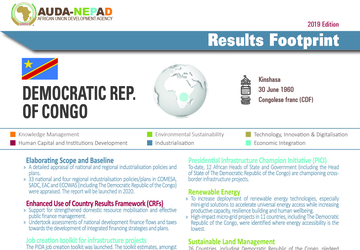 Democratic Republic of Congo (DRC)
Democratic Republic of Congo (DRC)
Official Name: Democratic Republic of Congo
Capital: Kinshasa
Independence Day: 30 June 1960
Currency: Congolese franc (CDF)
Key Result
12,000 women benefitted from five projects implemented in DRC. The project undertaken by the CTPA (Centre de Transformation des Produits Alimentaires) assisted women to develop skills in processing food products. For instance, the development of a Food Processing Centre enhanced the capacities of 400 women to be trained in the field of food processing. Training was provided to the women on cultivation techniques and marketing utilising 33 hectares of land brought into cultivation during the project period. Replanting of forests was also initiated in order to prevent soil erosion, thereby conserving and sustaining arable soil in the region.
An African tailor-made curricula for health care has been implemented, specifically aimed at enhancing nurses’ competence and skills to deliver high quality primary health care services and thereby contributing to improving the health care systems. The specialist programme in maternal and child health was implemented by the University of Free State, South Africa and hosted by the Institut Superieur des Techniques Medicales de Lubumbashi in the DRC.
DRC is among the first 12 countries to have domesticated an adapted version of the African Union Model on Medical Products in 2017, which aims to improve access to quality and safe drugs and to fight the circulation of fake medical products in the country.
DRC is expected to benefit from the Hydro-Inga III Basse Chute (BC) Hydropower Project, which involves the construction of a 4,800 Megawatt hydropower plant and associated high-voltage transmission lines. An intake of part of the water of the Congo River into the neighbouring Bundi Valley will be built as well as a dam across the Bundi Valley to allow impoundment of the diverted water. The project will not require construction of a dam on the Congo River itself.
The Transmission - Central African Interconnection Transmission Line Project entails the construction of a 3,800 kilometre transmission line system from the DRC to South Africa through Angola, Gabon, Namibia and to the north to Equatorial Guinea, Cameroon and Chad.
Increased collaboration and peer learning among public sector agencies from Democratic Republic of Congo, Kenya, Malawi, Mozambique, South Sudan, Tanzania and Zambia working on cross-boundary infrastructure projects was strengthened. Infrastructure experts were also trained in negotiation skills, infrastructure financing and leadership skills.
The Ruzizi III Hydroelectric plant has a capacity of 145 Megawatt to share power among Rwanda, Burundi and DRC promoted by CEPGL.
The Northern Multimodal Corridor is designed to modernise the highest priority multimodal ARTIN corridor on modern standards (climbing lanes and urban bypasses) in East Africa. This programme aims to facilitate travel by people and goods across the borders between Kenya, Rwanda and Uganda.
The Soil and Terrain Database for Central Africa is being compiled in DRC. It forms part of the ongoing activities to update the world’s baseline information on natural resources. The present SOTERCAF database has been compiled by merging all existing data on soils in the Central Africa region. About one hundred and sixty described and analysed soil profiles have been included in the database. Landform and lithological information is also included.
Africa has agreed to commit 100 Million hectares of land for restoration through the application of the restoration opportunities assessment methodology. To-date, DRC has committed 8 million hectare.
DRC signed the CAADP Compact in 2011, committing to prioritise agricultural development and transformation. Technical experts were deployed to undertake independent technical reviews of its National Agricultural Investment Plan (NAIP). An Independent Technical Review (ITR) of DRC’s NAIP and the Business Meeting took place in 2003. In addition, agriculture public expenditure studies were conducted.
Related
Projects
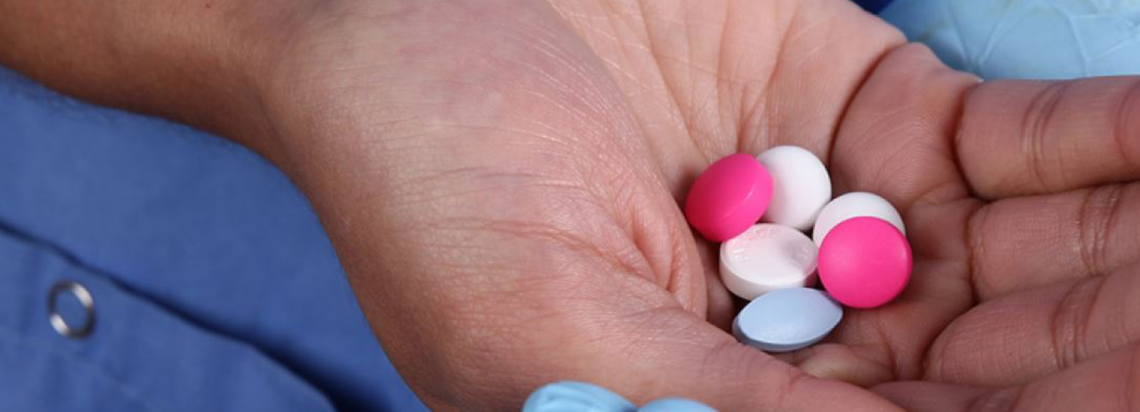
A critical AU Model Law aimed at harmonizing medical products regulatory systems in Africa was endorsed by African Heads of State and Government at the January 2016 AU Summit in Addis Ababa, Ethiopia. The AU Model Law will contribute towards accelerate the regulation of safe, quality and affordable medical products and technologies in DR Congo.
Central Africa has embarked on a collaborative framework that will stipulate the activities, roles and responsibilities for implementing an MRH programme in the region. DR Congo is participating in a mapping exercise in 2016 that shall establish regulatory systems that will guide ECCAS and OCEAC Member States in setting up an MRH programme.
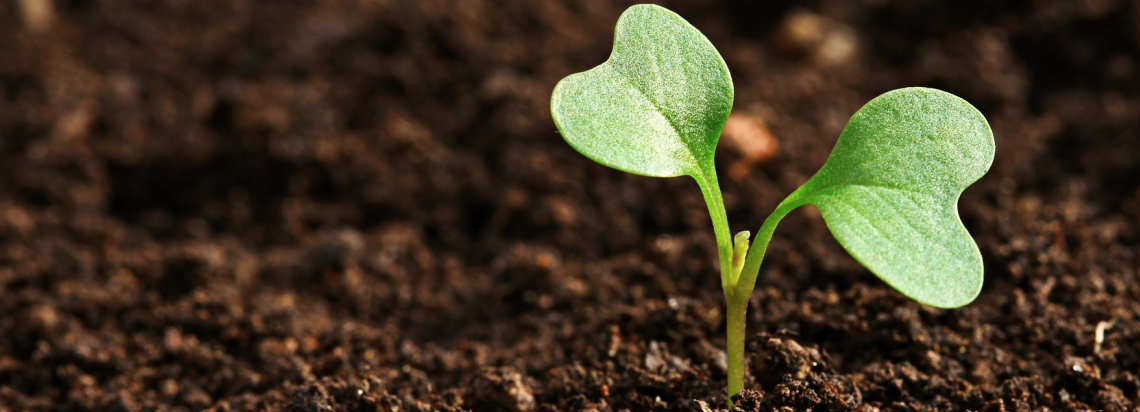
CAADP Compact: Signed the CAADP Compact on 18March 2011.
Capacity Building: Technical experts were deployed to Congo to undertake independent technical reviews of its National Agricultural Investment Plan (NAIP).
An Independent Technical Review (ITR) of DRC’s NAIP and agriculture public expenditure studies were conducted, and technical support is planned to develop programmes from the NAIPTechnical support is planned to develop programmes from the NAIP. The technical review for the
NAIP was held in May 2013 and the Business Meeting took place from 7 – 8 November 2013.
DRC also received support (in collaboration with ReSAKSS) in establishing Strategic Analysis and Knowledge Support Systems (SAKSS) to inform and guide the CAADP implementation process. A capacity needs assessment and Agriculture Public Expenditure Studies were conducted.
Click here for more information...
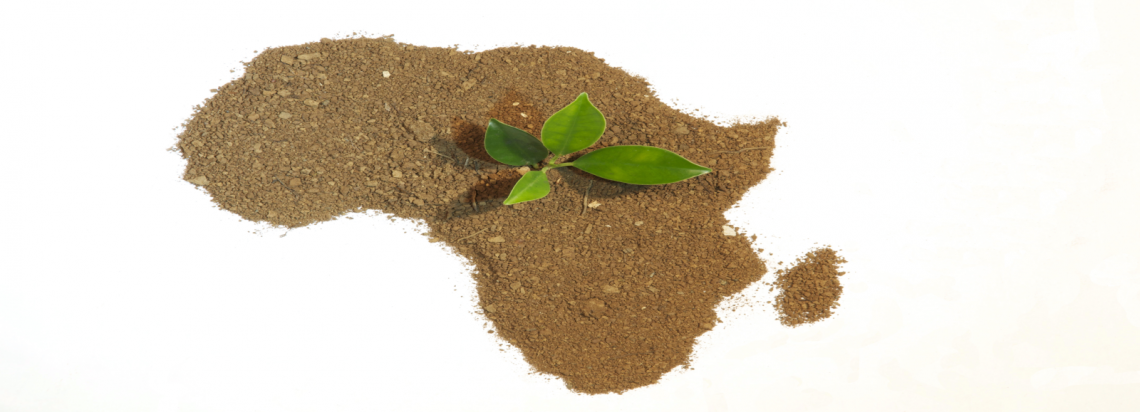
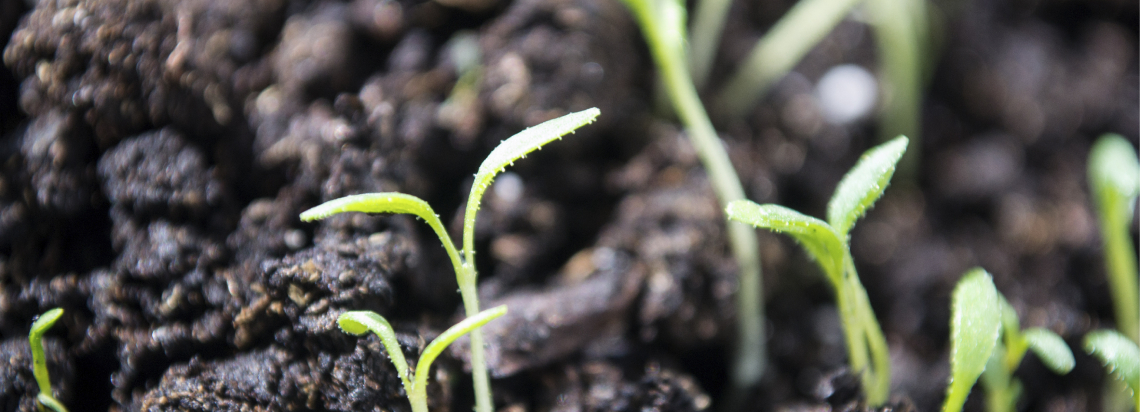

Advocacy and Strengthening of Negotiation Capacities on Post-2015 Development Agenda through the Common African Position (CAP)
Development and Piloting of an Africa Extractives Capacity Assessment Framework (ECAF)

Project : Hydro – Inga III Basse Chute (BC) Hydropower Project
Countries/Region : DRC| Central and Southern Africa
Project Location : Inga Falls on the Congo River, Bas-Congo Province, DRC
Sector/Subsector : Energy/Generation
Project Description : Construction of a 4,800 MW hydropower plant and associated high-voltage transmission lines. An intake of part of the water of the Congo River into the neighbouring Bundi Valley will be built as well as a dam across the Bundi Valley to allow impoundment of the diverted water. The project will not require construction of a dam on the Congo River itself.
Project : Transmission – Central African Interconnection Transmission Line Project
Countries/Region : Nigeria, Cameroon, DRC, Angola, Gabon (for first four segments of the transmission line), Equatorial Guinea, Chad, (if the Project is extended) | West, Central, Southern Africa
Project Location : Transmission line spanning West, Central and Southern Africa
Sector/Subsector : Energy/Transmission
Project Description : Construction of a 3,800 km transmission line system made up of four segments

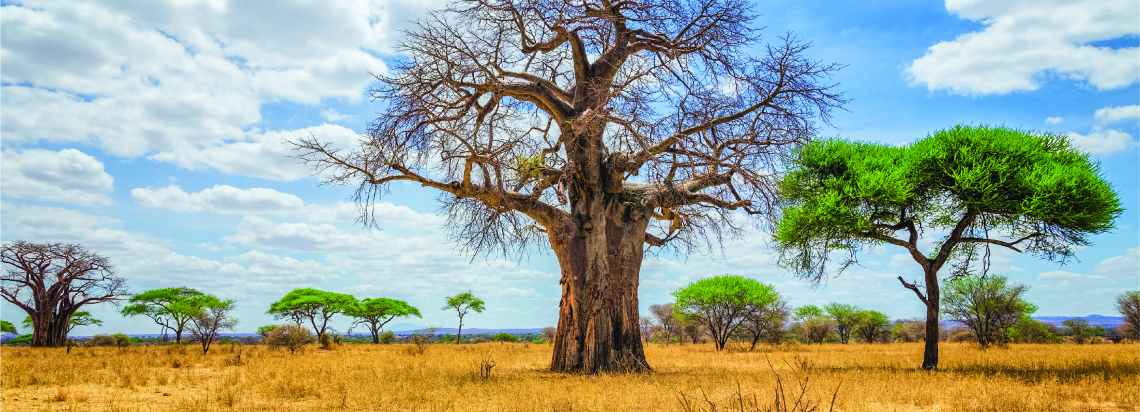
The Soil and Terrain Database for Central Africa - The Soils and Terrain database for Central Africa (SOTERCAF), is being compiled in DRC. It forms part of the on going activities to update the world’s baseline information on natural resources. The present SOTERCAF database has been compiled by merging all existing data on soils in the Central Africa region.
The data and maps have been compiled using standardized SOTER procedures and resulted in a soil and terrain database for the Democratic Republic of Congo at a scale of 1:2 Million with a total of 144 SOTER units, for Burundi and Rwanda both at a scale of 1:1 Million with a total of 56 and 41 SOTER units respectively. About one hundred and sixty described and analyzed soil profiles have been included in the database. Landform and lithological information is also included.
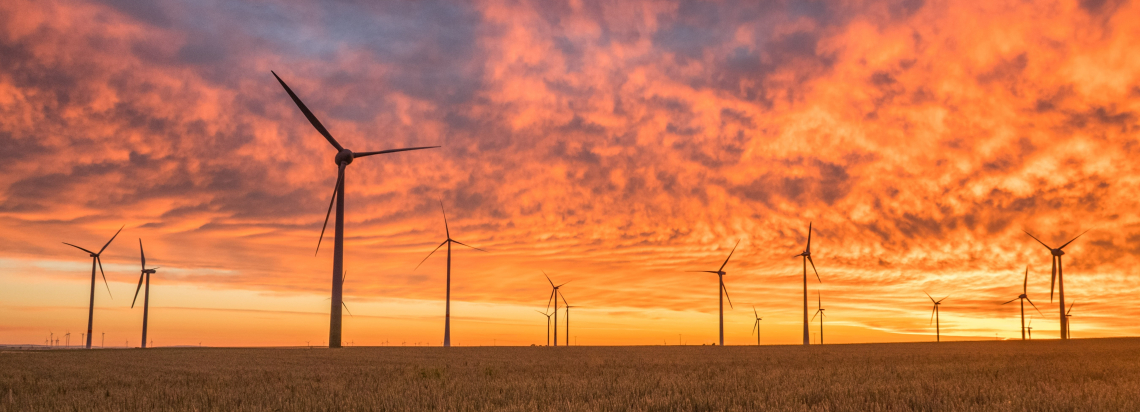
"At the beginning of 2014, 37 of the 42 opted-in African countries have completed a rapid assessment / gap analysis. The next step for countries is to develop a SE4LL Action Agenda and Investment Prospectus(es). To support this process, the SE4ALL Africa Hub partners have led the development of Africa Guidelines for SE4ALL national Action Agendas. The Africa Guidelines lay out principles and process for developing Action Agendas and put forward a balanced approach of centralized and decentralized solutions to achieve universal access to energy services.
Progress in Democratic Republic of Congo:
Starting SE4All Action Agenda and SE4All Investment Prospectus"
you agree to the AUDA-NEPAD Privacy Policy.


